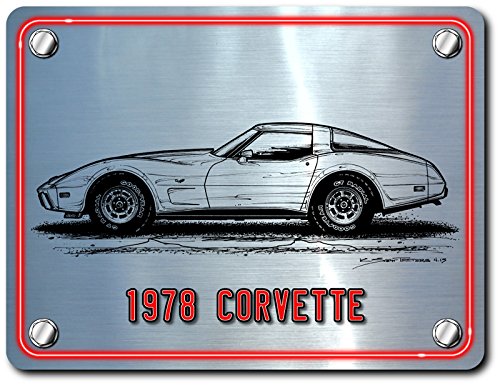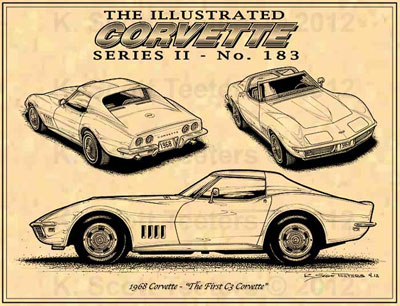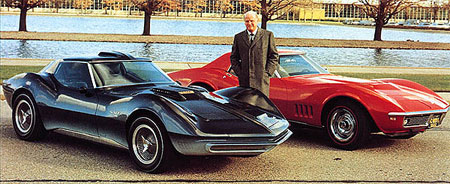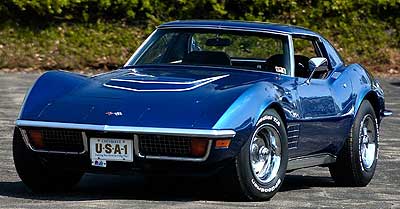Hanspeter Boehi from Muenchenstein, Switzerland builds a spot-on replica of the most important concept Corvette ever!
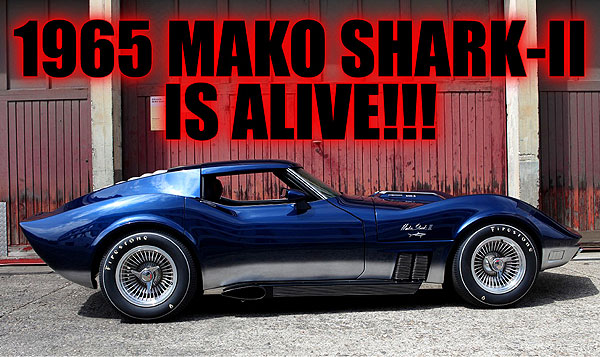 Dateline 2-4-18, Photos by Hans Peter Bohi and GM Archives – This article first appeared in the April 2018 issue of Vette Magazine.
Dateline 2-4-18, Photos by Hans Peter Bohi and GM Archives – This article first appeared in the April 2018 issue of Vette Magazine.
The 1965/1966 Mako Shark-II set down the basic look and proportion for all Corvettes going forward. To understand the Mako Shark-II, we have to get into the mind of GM VP of Design, Bill Mitchell. His task was to see the future and then pull it into reality through his designers and stylists. Mitchell didn’t “draw” a single line of either the Sting Ray or Mako Shark-II, but he knew what he wanted.
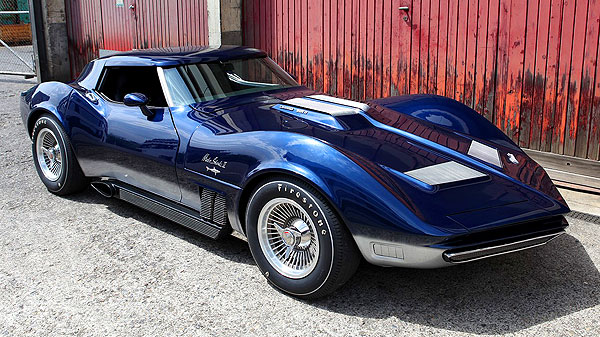
Here’s how Bill commanded his troops; he wanted, “…a narrow, slim, center section and coupe body, a tapered tail, an all-of-a-piece blending of the upper and lower portions of the body through the center (avoiding the look of a roof added to a body), and prominent wheels with their protective fenders distinctly separate from the main body, yet grafted organically to it.”
Mitchell was almost there with the 1962 Monza GT. After the design was nailed down, a full-size, non-running version was built and shown to management in March 1965. It was unanimous; the Mako Shark-II HAD TO BE the next Corvette.
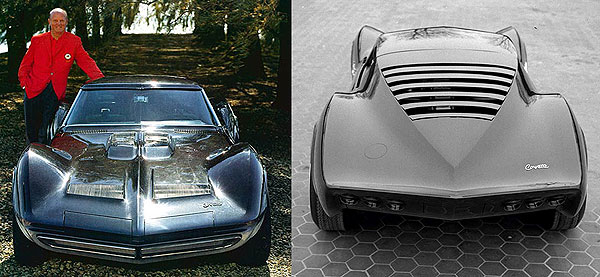
Hanspeter Boehi’s REBORN 1965 Mako Shark-II Corvette – VIDEO”

